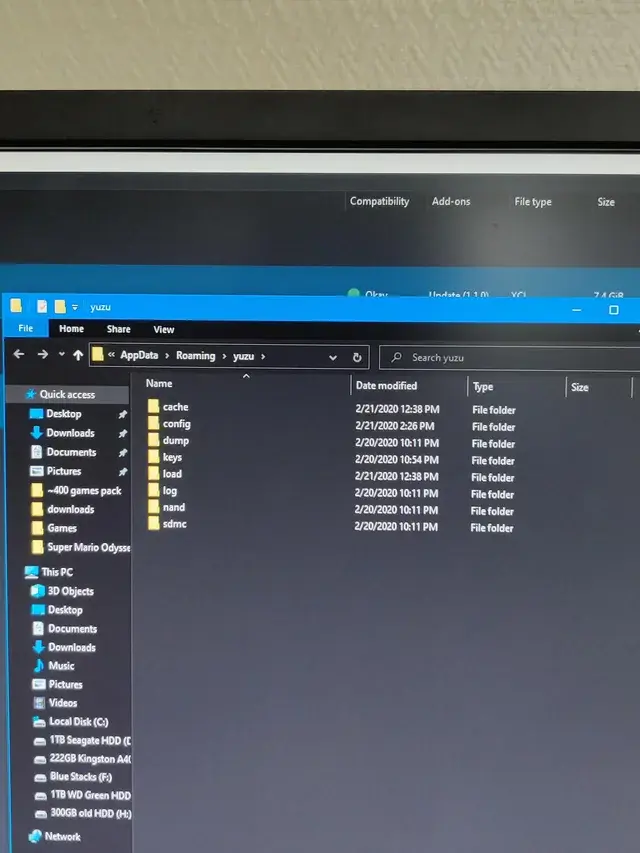Many gamers have experienced the frustration of slow load times and stuttering graphics while playing games on the Yuzu emulator. Fortunately, there is a solution to this common problem – adding shader cache to Yuzu.
Shader cache is a feature that can significantly improve the performance of Yuzu by pre-compiling shaders for a smoother gaming experience.
The importance of shader cache in yuzu
Shader cache plays a crucial role in optimizing the performance of the Yuzu emulator. Essentially, when you play a game on Yuzu, the emulator has to compile and process shaders on the fly. This can result in slow load times and stuttering graphics, as the emulator has to constantly generate and compile shaders from scratch.
However, by adding shader cache to Yuzu, you can alleviate these issues. Shader cache allows Yuzu to pre-compile shaders, saving them to a cache file. When you play the game again, Yuzu can quickly access these pre-compiled shaders, reducing load times and improving overall performance.
Step-by-step guide on how to add shader
Adding a shader cache to Yuzu is a straightforward process that can enhance your gaming experience. Follow these simple steps to add shader cache to Yuzu:
1. Start by opening the Yuzu emulator on your computer.
2. Navigate to the ‘Emulation’ tab in the top menu and select ‘Configure’.
3. In the configuration window, click on the ‘Graphics’ tab.
4. Look for the ‘Shader Cache’ option and enable it by checking the box.
5. Next, click on the ‘Browse’ button to choose the location where you want to store the shader cache file.
6. Select a suitable location on your computer and click ‘OK’ to confirm.
7. Finally, close the configuration window and start playing your game on Yuzu.
By following these steps, you can successfully add a shader cache to Yuzu, resulting in improved performance and smoother gameplay. Enjoy your gaming experience with Yuzu!
Fine-tuning shader cache settings
Now that you have successfully added a shader cache to Yuzu, you can further enhance your gaming experience by fine-tuning the shader cache settings for optimal performance.
In the Yuzu emulator, navigate back to the ‘Graphics’ tab in the configuration window. Here, you will find additional options related to the shader cache.
One important setting to consider is the ‘Prefer Precompiled Shaders’ option. Enabling this feature will prioritize the use of precompiled shaders, which can significantly reduce stuttering and improve load times.
You can adjust the ‘Max GPU Usage’ slider to allocate more or less GPU resources for shader compilation. Experiment with different settings to find the right balance between performance and visual quality.
Remember to regularly update your shader cache by playing different games or clearing the cache whenever necessary. With these fine-tuning options, you can further optimize Yuzu’s shader processing and enjoy a smoother gaming experience.
Pro tips for managing and maintaining
Now that you have successfully set up and fine-tuned your shader cache in Yuzu, it’s important to understand how to manage and maintain it for optimal performance.
Firstly, it is recommended to regularly update your shader cache. This can be done by playing different games that you have not played before or games that have received updates. This will ensure that the shader cache is up to date and can provide the best performance for new games or game updates.
Furthermore, if you encounter any issues with a particular game, it may be necessary to clear the shader cache for that specific game.
It’s worth noting that clearing the shader cache will result in longer load times for that game until the cache is rebuilt. However, this can often resolve issues such as graphical glitches or crashes.
By managing and maintaining your shader cache, you can ensure that Yuzu continues to provide a smooth and enjoyable gaming experience.
Troubleshooting common issues
Shader cache in Yuzu can sometimes cause issues that may impact your gaming experience. In this section, we will discuss some common issues and how to troubleshoot them effectively.
One common problem is when the shader cache becomes corrupted or outdated. This can lead to graphical glitches or even crashes during gameplay.
Another issue you may encounter is slow load times after clearing the shader cache. Don’t worry; this is normal. Yuzu will rebuild the cache as you play the game, and load times will improve gradually.
If you experience persistent problems with a specific game even after clearing the shader cache, updating your GPU drivers might be necessary. Outdated drivers can sometimes cause compatibility issues with Yuzu.
By troubleshooting these common issues, you can ensure that your shader cache in Yuzu remains optimized for a seamless gaming experience. Stay tuned for more tips and tricks on getting the most out of Yuzu!
Conclusion
Optimizing your shader cache in Yuzu is crucial for enhancing your gaming experience. By addressing common issues such as corruption or outdated cache, you can prevent graphical glitches and crashes during gameplay.
If you continue to experience persistent problems with a specific game, updating your GPU drivers is recommended. Outdated drivers can sometimes cause compatibility issues with Yuzu. Keep your drivers up to date by visiting your GPU manufacturer’s website regularly.

